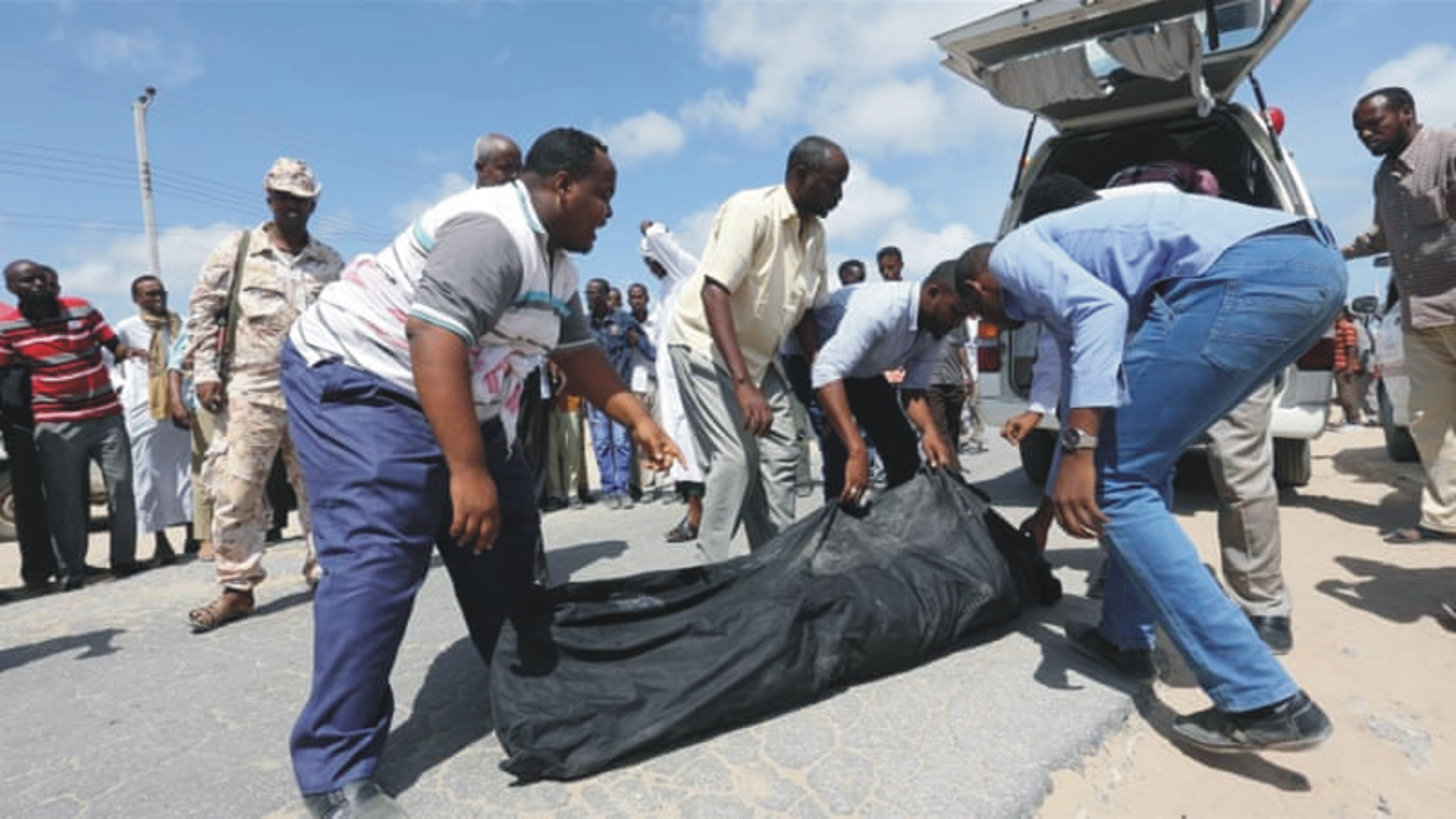By Jamal Osman
Other clues as to US activity in Africa – where the present significant expansion of Special Ops activity surely has nothing to do with copious resources found on that continent – can be found in headlines like: “Strong Evidence that US Special Operations Forces Massacred Civilians in Somalia”.
Anyway, a negative headline here and there is a small price to pay for a “secret” army largely exempt from public – and even governmental – scrutiny. Speaking of prices, a September New York Times article quotes a former Special Forces commander who speculates that it “probably costs closer to $1.5 million” to train a special forces soldier these days.
Add to this the hefty subsequent costs of deployment and equipment – not to mention the financial demands of a conventional US military that is itself none too tiny – and it’s no wonder the US has no pennies to spare for trivial things like healthcare.
“Combat boots every one of them”
One of the major selling points of Special Operations forces is that their footprint is perceived to be light, a perception buoyed by the US habit of referring to deployed forces as “advisers” and “trainers” even when these forces are directly engaged in combat.
A November TIME Magazine article quotes an assessment of the arrangement by former Navy SEAL-turned-Republican-congressman Scott Taylor: “It’s easier to put ‘trainers’ and ‘advisers’ in a country and say we don’t have ‘boots on the ground’ … Well, that’s bullshit. They’re combat boots, every one of them.”
As for what certain boots on the ground have been up to in places like Iraq and Syria, the US-led coalition against the Islamic State of Iraq and the Levant (ISIL, also known as ISIS) was lambasted last year for its use of white phosphorus munitions, prohibited in civilian areas under international humanitarian law. Amnesty International suggested that the coalition’s reliance on white phosphorus on the outskirts of Raqqa – ISIL’s former self-declared capital in Syria – “may amount to a war crime”.
Indeed, one gets an idea of the effectiveness of phosphorus munitions from a passage in veteran Middle East journalist Robert Fisk’s book Pity the Nation, which quotes a Beirut doctor on the incendiary aftermath of Israel’s use of phosphorus shells in Beirut in 1982:
“I had to take the babies and put them in buckets of water to put out the flames. When I took them out half an hour later, they were still burning. Even in the mortuary, they smouldered for hours.”
Perpetual war
White phosphorus aside, the US Special Operations forces have been implicated in other carnage, as well – including by assisting in the coordination of air attacks in various conflict zones. In the battle for Mosul, Iraq – which ended in July 2017 and also involved plenty of US “advisers” doing more than advising – NPR reported that “more civilians than [ISIL] fighters are believed killed.”
The Independent also reported a “civilian casualty rate” in Mosul “nearly 10 times higher” than the official one: “As coalition and Iraqi government forces increased their pace, civilians were dying in ever higher numbers at the hands of their liberators.”
A precise casualty count has been thwarted by a number of factors, including that many bodies remain under the rubble and that, as the Independent notes, “The Americans say they do not have the resources to send a team into Mosul.” Apparently, a country with an annual defence budget in the hundreds of billions of dollars – and unilateral entitlement to invade and bomb sovereign nations at will – can’t be expected to count the dead.
Meanwhile, in response to a growing perception that US Special Forces are stretched to the limit, US Defence Secretary James Mattis has brought up the possibility of having conventional forces assume some of their tasks. Such an adjustment would not, however, constitute a retreat from the Special Ops obsession, but rather a reinforcement of the culture of the “badass” warrior – who, “working almost entirely in the shadows”, as Newsweek puts it, has helped the US war-making apparatus permeate the globe.
And the shadows, it seems, have gotten even darker with the ascension of the aforementioned “very stable genius” to the role of military commander-in-chief, one who spends his time threatening North Korea with nuclear annihilation and otherwise scoffing at the idea of any sort of accountability to humanity.
In fact, as the US marches on towards perpetual war, it’s nearly impossible to detect a bright side. The views expressed in this article are the author’s own and do not necessarily reflect Al Jazeera’s editorial stance.
Belen Fernandez is the author of The Imperial Messenger: Thomas Friedman at Work, published by Verso. She is a contributing editor at Jacobin Magazine.


